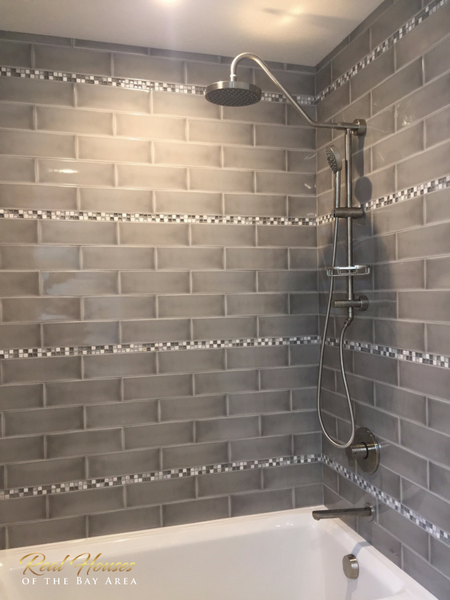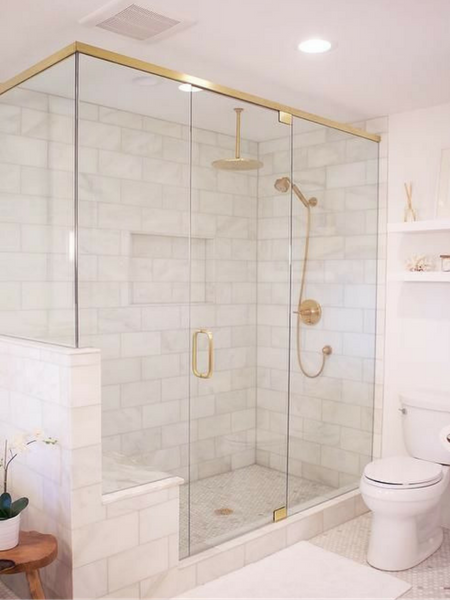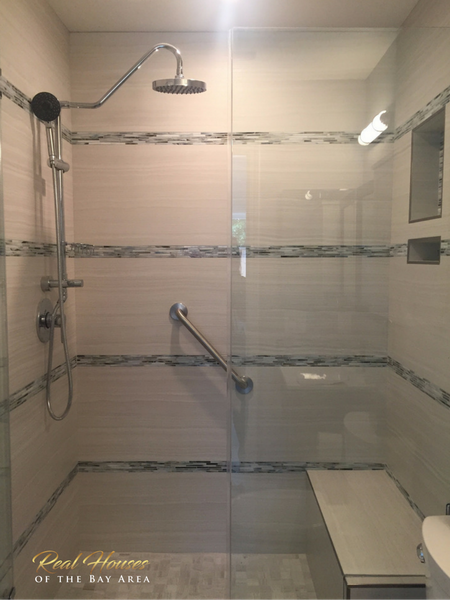6 Mistakes You’re Making Every Time You Take A Shower
YOU STAY IN THE SHOWER TOO LONG.
Not only can staying in the shower too long dry out your skin, it’s also a tremendous waste of water. According to the Alliance for Water Efficiency, the average shower in America uses 17.2 gallons of water. Shorten your daily shower to 5 minutes, and you’ll save more than 2,000 gallons of water each year.
YOU WASH YOUR HAIR LAST.
Shampooing and conditioning your hair should be among the first steps you take when you get in the shower. Some of the residue from these hair products can remain on your face, skin, and hair even after rinsing, so it makes sense to follow hair washing with the rest of your shower routine. Using a gentle soap or cleanser on your body and face will help ensure you scrub away any remnants of your shampoo and conditioner.
YOU GO TOO HOT OR TOO COLD.
Finding the perfect medium when it comes to shower water temperature can be a challenge. We all know the luxurious feeling of a piping hot shower when the weather is chilly. And a nice cool shower can be so refreshing on a hot day. But it’s best for your skin to keep the temperature moderate, no matter what it feels like outdoors. The American Academy of Dermatology (AAD) recommends a warm, not hot, temperature to prevent skin from drying out. You can even adjust the temperature on the water heater itself to be sure your water physically can’t go above a certain temp.
Water heating is also the second largest energy expense in the home (second to air heating and cooling)—so any reduction in temperature here will offer big savings on your monthly bill.
YOU IGNORE YOUR POST-SHOWER ROUTINE.
The AAD recommends blotting your skin gently with a towel to dry off post-shower, instead of rubbing your skin with the towel, which may cause irritation and itchiness. And always apply moisturizer within a few minutes of toweling off to help lock in moisture from the shower (just steer clear of the 6 most harmful ingredients in lotion).
YOU DON’T VENTILATE YOUR BATHROOM PROPERLY.
Mold develops and thrives in damp areas, so a nonventilated bathroom is its dream home. Even though not all residential building codes require it, installing an exhaust fan in your bathroom is a smart move. Keep the fan running for a few extra minutes post-shower, too, as water tends to remain on surfaces like shower walls, the floor, and the ceiling.
YOU USE THE WRONG SHOWERHEAD.
How old is your showerhead? If it was manufactured before the early ’90s, it could have a flow rate of 5.5 gallons per minute. Compare that to current showerheads on the market, which are required by federal regulations to have a flow rate of just 2.5 gallons per minute—or even less. If your home contains older fixtures, check to see if your showerhead needs an update. There are countless options available, but you can expect to invest a minimum of $10 for a decent one.
Source: www.msn.com

















